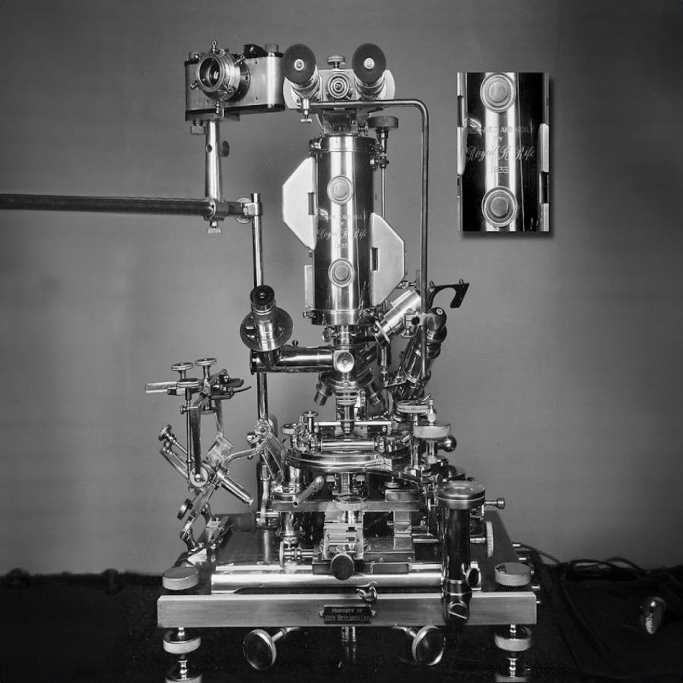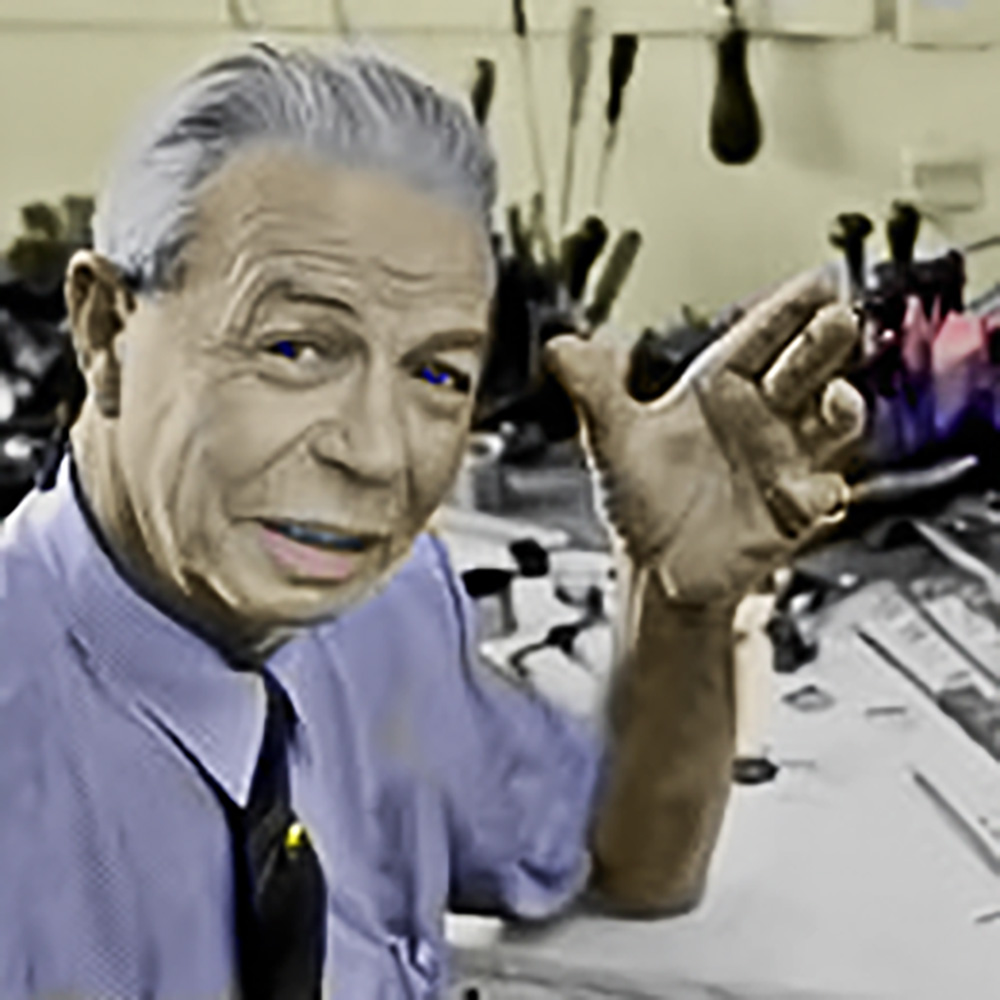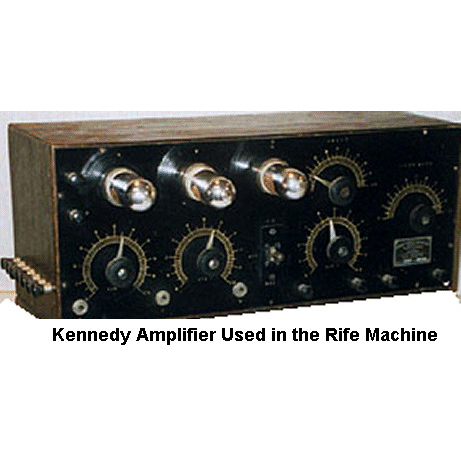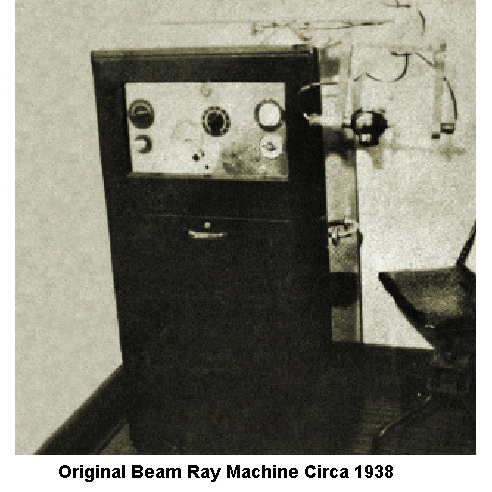
Royal Raymond Rife was trained for six years by the Carl Zeiss Optical Company in Germany. He became the inventor of powerful microscopes, leading to the discovery of a beneficial phenomenon dealing with viruses.
Rife received the backing of Mr. Timken, of the Timken Roller Bearing Company, who supplied funds to establish a laboratory in San Diego to finance his research. Rife reasoned that if he was going to find a cure for diseases such as cancer, it was important to be able to see the live virus that caused the disease. In 1920, Royal Rife designed the first of several highly advanced microscopes, recognized as the most powerful in the world, and the only one that could be used to see viruses alive.
Rife’s microscopes had resolutions and magnifications far more powerful than others of his day (or even today). Rife”s Universal Microscope (1933) magnified 31,000 times; other microscopes of his day magnified only 3,000 times. Rife found that making a microscope with extreme magnification was not sufficient to see a colorless virus. Staining them with existing aniline dyes was unsuccessful because the virus was too small to absorb the colloidal particles. Rife noted that the different frequencies of light caused certain microorganisms to illuminate (light up) in their own resonant colors. So he invented a system of rotating prisms to select the appropriate light frequency (color), essentially staining the specimen with light.
Extrapolating from this resonant effect of light, Rife experimented with electromagnetic radio waves and discovered that for each type of virus, there was a particular resonant frequency that would cause it to burst into pieces and be destroyed. He subjected test animals in his laboratory to lethal doses of pathogenic germs and found that he could invariably save their lives by subjecting their bodies for a few minutes to the electrical energy of the properly chosen frequency. Therefore, before the year 1930, he had built his first microscope and demonstrated that he could electronically kill pathogenic microorganisms.
Rife’s Microscope, the largest model of which consisted of 5,682 parts and required a large bench to accommodate it, overcame the greatest disadvantage of the electron microscope and its inability to reveal specimens in their natural living state.
With his invention, Rife was able to look at living organisms. What he saw convinced him that germs could not be the cause, but the result, of disease; that, depending on its state, the body could convert a harmless bacterium into a lethal pathogen, that such pathogens could be instantly killed, each by a specific frequency of light; and that cells, regarded as the irreducible building blocks of living matter, are actually composed of smaller cells, themselves made up of even smaller cells, this process continuing with higher and higher magnification in a sixteen—step, stage—by—stage journey into the micro—beyond.
The Science Museum (South Kensington, London SW7 2DD, UK) possesses a Royal Rife Microscope. It has the inventory number 1990-667 and was presented to the Science Museum in 1990 by the London School of Hygiene and Tropical Medicine. The School had been given the Scope by the daughter of the late owner, Dr B W Gonin, some fourteen years previously. This is one of the very last Rife Microscopes in existence.
Dr. Royal Raymond Rife Created the Original ‘Royal Rife Machine’, a frequency generating device which was used to cure terminally ill cancer patients through selective electronic frequency treatment programs.




